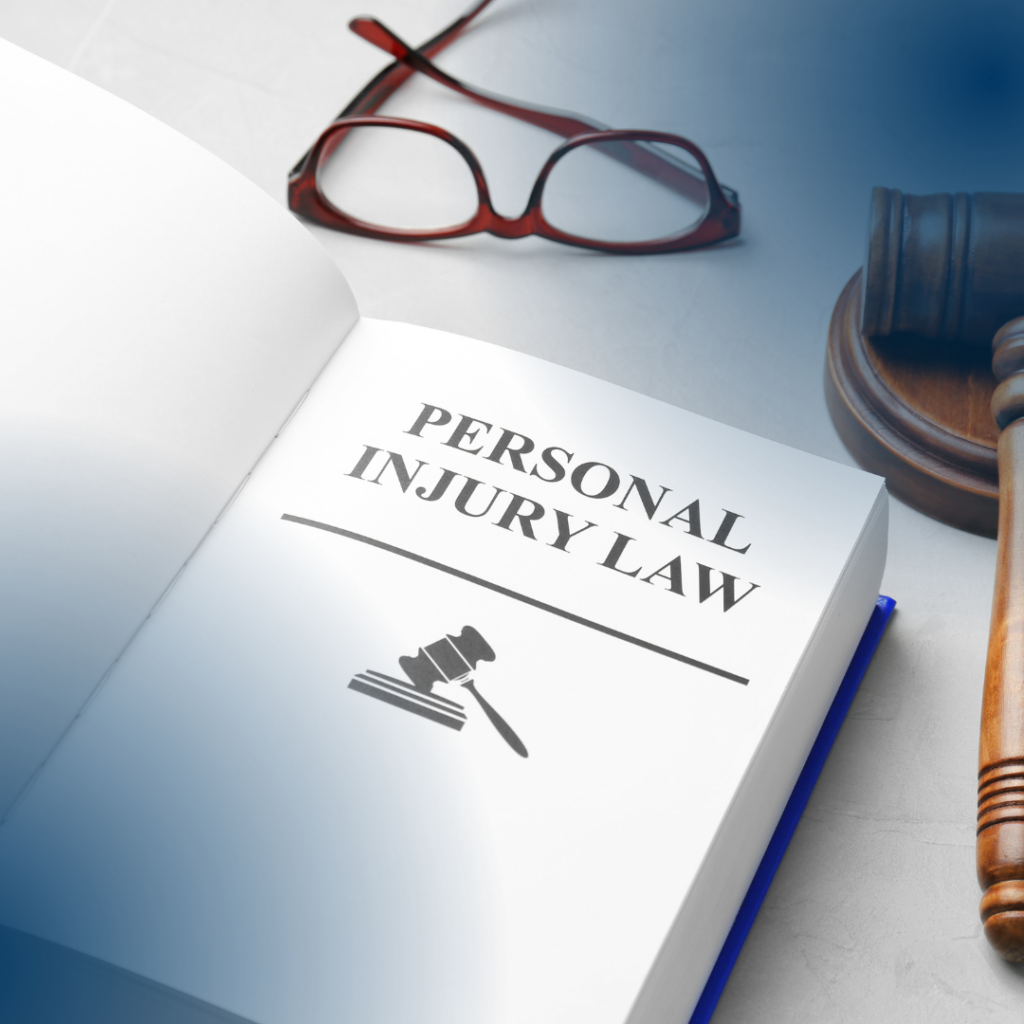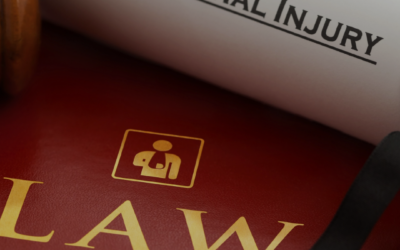Timeline of a Typical Personal Injury Lawsuit
A personal injury lawsuit involves various stages, each crucial in seeking compensation for injuries sustained. The timeline’s duration may fluctuate based on factors such as the intricacy of the case, collaboration between involved parties, and the intricacies of legal procedures. Here’s a general overview:
1. Incident and Injury:
The process begins with an incident causing injury. It could be a car accident, slip and fall, or any situation leading to harm.
Seek medical attention promptly. Medical records become essential evidence in your case.
2. Consultation with an Attorney:
After seeking medical care, consult with a personal injury attorney. They assess the viability of your case, potential damages, and legal options.
3. Investigation and Gathering Evidence:
The attorney investigates the incident, gathers evidence, and interviews witnesses. This phase establishes liability and strengthens your case.
4. Demand Letter:
The lawyer dispatches a demand letter to either the responsible party or their insurance company, delineating your case’s injuries, damages, and sought-after compensation.
5. Negotiation and Settlement Talks:
Parties engage in negotiations. The objective is to achieve an equitable settlement without resorting to court proceedings. Many cases are resolved at this stage, saving time and expenses.
6. Initiating a Lawsuit:
In the event of unsuccessful negotiations, the attorney initiates a lawsuit. The legal document, known as the complaint, delineates the claim’s legal foundation, allegations against the defendant, and the sought compensation.
7. Discovery Phase:
Both parties exchange information and evidence through discovery. Includes documents, depositions, and interrogatories to strengthen their respective cases.
8. Mediation or Settlement Conference:
Courts often encourage mediation or settlement conferences to resolve disputes without a trial. An impartial third party assists in facilitating an agreement.
9. Trial Preparation:
If no settlement is reached, the case proceeds to trial preparation. Preparation involves finalizing legal strategies, witness preparation, and compiling exhibits.
10. Trial:
The trial marks the pinnacle of the legal process. Both parties present their case, witnesses testify, and the judge or jury decides.
11. Verdict and Appeal:
The court issues a verdict. If dissatisfied with the outcome, either party may appeal, extending the timeline.
12. Compensation Collection:
If successful, the final step involves collecting the awarded compensation. This may include negotiations or legal actions to enforce the judgment.
Understanding this timeline helps individuals navigate the complexities of a personal injury lawsuit. Seeking legal advice early, maintaining open communication, and being patient during the process contribute to a smoother resolution.



